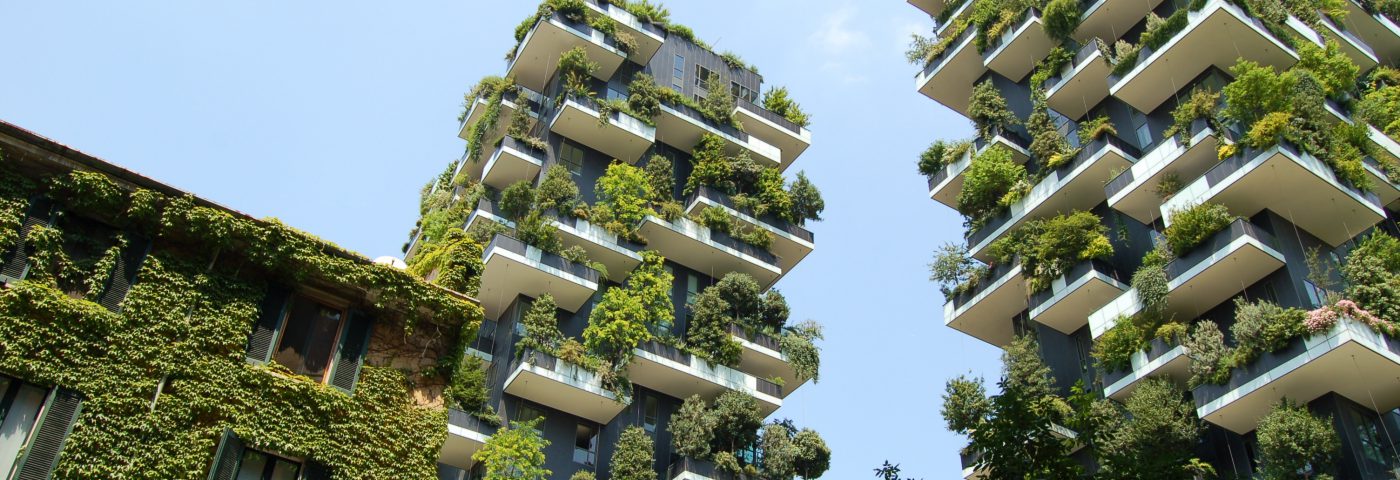I had my lightbulb moment a couple of years ago. I was in Miami, visiting the brand-new 1 Hotel South Beach. It was effortlessly cool: a fabulous rooftop pool, a sceney restaurant, interior design just made for Instagram. But what really struck me were the taps. Not those in the bathrooms. No, these were in the bedrooms – every room had one, piping in cold, triple-filtered drinking water. Just a simple tap, with a stylish recycled glass bottle and some tumblers. Guests had fresh water whenever they wanted it, and no need for any nasty little plastic bottles of mineral water. Such a simple idea, but such a brilliant one.
Elsewhere were little clues that the hotel was “eco” – recycled cardboard hangers in the rooms; reclaimed wood-paneled walls; recycled wooden discs for keys. But they didn’t shout about it. It was just a sexy, stylish hotel that also happened to be sustainable.
That was my lightbulb moment. That “green” and “eco” and “sustainable” needn’t be boring. It needn’t be dry. It needn’t be a bunch of hippies knitting their own clothes and living off homegrown kale. Green can be cool, and hip. In fact, green SHOULD be cool and hip.
Why should it be? Because travellers care. Millenials do, obviously – a recent study showed that nearly 30% would be more likely to book a hotel if it took measures to protect the environment. They are more widely travelled than any other generation, and want to know they’re not damaging the places they’re visiting. And they want to Instragram the heck out of it all.
But it’s not just the young and social-media-savvy. When I recently interviewed a group of luxury lodge owners and hotel group bosses, they all agreed that they’d noticed a real shift in the attitude of their wealthy (older) guests. Luke Bailes, CEO of Singta, summed it up nicely: “There’s a new breed of philanthropists genuinely worried about the state of the world – they want to help”.
So how should the industry work with that desire to help? How do properties and tour operators tell their guests about the great things they’re doing – to get them engaged in local issues, donating to local causes? How do they communicate sustainability without being preachy or…boring?
When I advise hotels on exactly this, top of the list is to make sure they don’t make their guests feel guilty. Holidays are meant to be fun, and guilt is the ultimate killjoy. Take towel reuse. We all know that hotel laundry is a huge drain on natural resources, but guests don’t want to feel bad for using an extra towel, especially if they’re paying a premium on their room rates. Nor do they want to think a hotel is asking them to reuse their towels just to save money.
So properties need to be cleverer. There’s nothing wrong with suggesting towels are reused – but do it in a smarter way. Research shows if a hotel is transparent about how much money is saved when towels and sheets are used more than once – and if that saving is then donated to a local, worthwhile cause – the rate of reuse increases. So put up one of those little annoying signs if you must, but then say where you’re putting those savings. If I’m on safari and I see it’s funnelled back into local elephant conservation, that’s something I can get excited about.
Be creative. Fogo Island Inn, an über-chic (and thoroughly sustainable) lodge in Newfoundland, has launched a version of a nutritional label, which clearly explains where the money from the rooms goes. Just like a label on a sandwich tells us what we’re eating, this says what percentage goes on wages, on charitable contributions, etc. They’ve looked at another industry and borrowed a simple way to tell their own story.
We can borrow from the NGO sector, too. I advise charity: water, a US charity which brings clean water to developing countries and has turned the sector on its head. Gone are negative, upsetting images of suffering. Instead, the messages are unfailingly positive, with optimistic stories that make you feel great about donating, and cool images that are easy to share.
Sharing is everything now, of course, and simple hashtags are powerful – like Steppes Travel’s #refusetouse campaign encouraging travellers to decline plastics. As are photo opps. Give your guests a way of showcasing and sharing their good deeds, like at Wilderness’s new Bisate Lodge in Rwanda, where every guest has the chance to plant a new tree. It’s the perfect feel-good Instagram opportunity.
Some companies go the full hog and “eco-embed” their values in their brand, making tricky decisions on behalf of their guests. Soneva, for example, carbon offsets all its guests’ flights. Bali’s Alila hotels have gone plastic-free, and the UK’s Pig Hotels only source local food. These are brands that have woven sustainability into their identity, without losing an iota of their luxurious, stylish trademark – just like 1 Hotels.
Make the decisions, or help your guests to make them. But no guilt-trips, please. It’s time to for brands to be smarter. It’s time for your lightbulb moment.
Francisca Kellett is Travel Editor at Tatler magazine, and is a freelance journalist and hotel consultant. Meet Francisca Kellett all this week at ILTM in Cannes!


